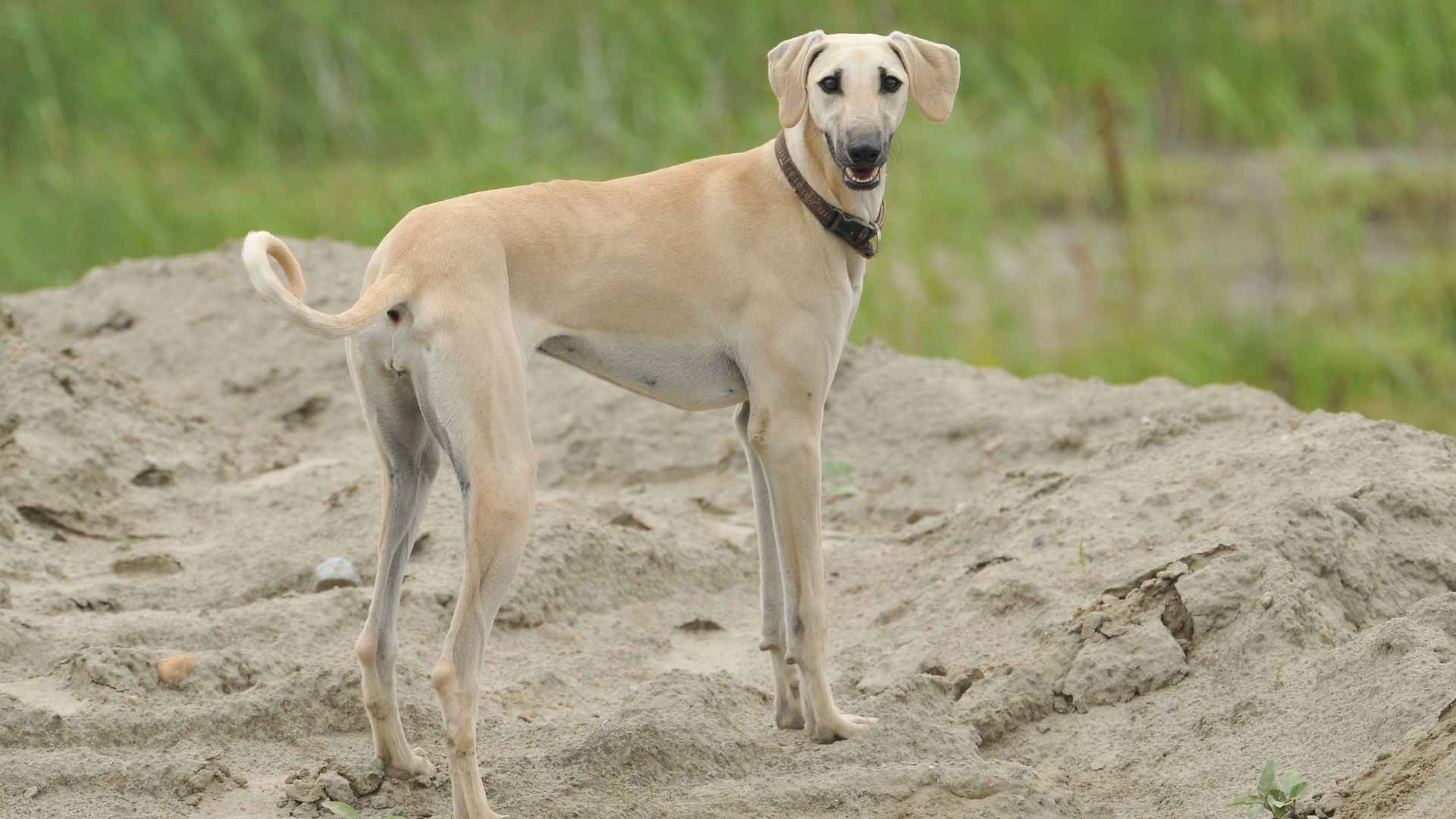Ever met a dog so silent, you had to check twice to make sure it wasn’t part cat? Some breeds are just naturally less vocal, and even scientists haven’t nailed down exactly why. Could it be rooted in their ancient lineage, perhaps something passed down from the quietly watchful dire wolves of the past? After all, when was the last time you saw a wolf barking up a storm?
These rare, introverted breeds are a refreshing change from the loud, attention-demanding pups most people picture. If the sound of constant barking gives you a headache—or you’re simply craving some peace and quiet—these Zen-like dogs might just be your perfect match. They’re fiercely loyal, wonderfully affectionate, and surprisingly calm.
Quiet dog breeds make excellent companions for apartment dwellers, families with infants, or anyone living in a noise-sensitive space. Many of these breeds were originally developed as working or companion dogs, focused more on bonding and tasks than vocal theatrics.
And here’s something intriguing: some of the soft-spoken dog breeds are genetically closest to their wild wolf ancestors. Coincidence? Maybe. Fascinating? Absolutely.
Let’s meet the quietly confident rare pups that prove silence really can be golden.
Rare Dog Breeds That Don’t Bark At All
1. Azawakh
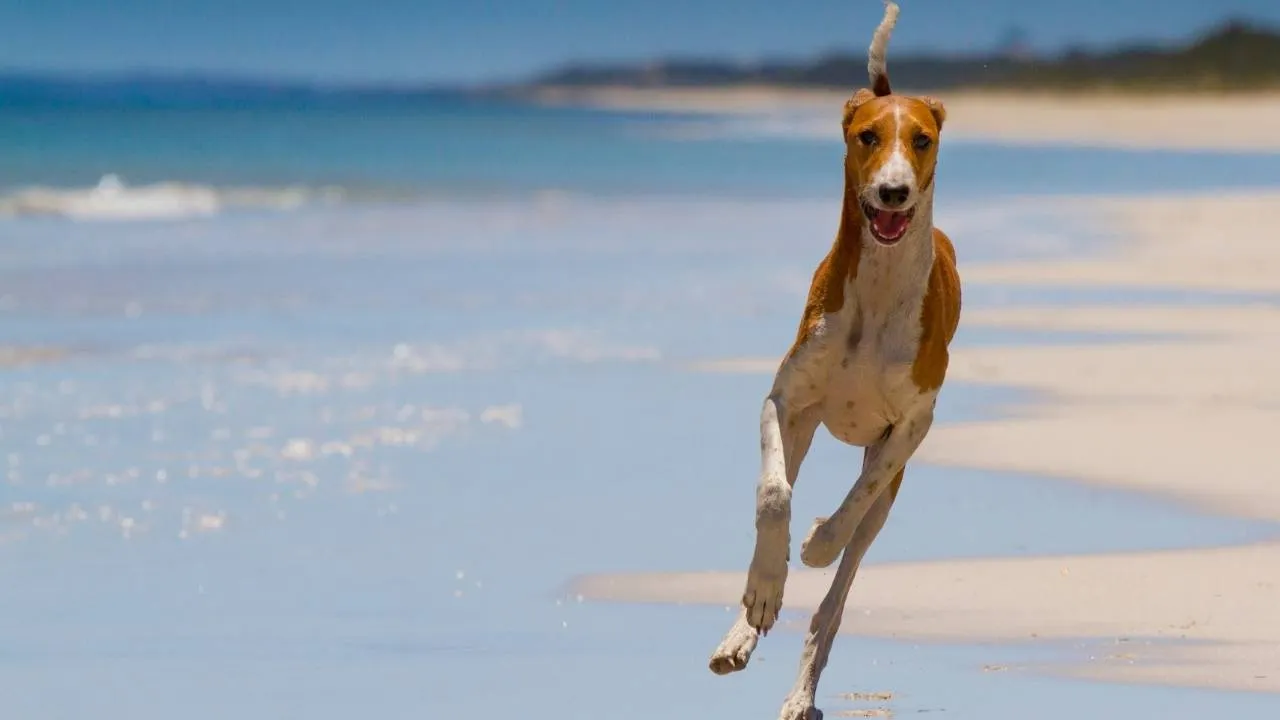
- Size: 23-29″, 33-55 lbs
- Origin: Azawakh Valley, a West African Sahara Desert between Mali and Niger
- History: They were raised to guard animals of the nomadic tribes, especially those in the Tuareg region
- Life expectancy: 12-15 years
- Temperament: Loyal, affectionate, athletic, independent
- Exercise needs: These speedy creatures need vigorous activity and regular exercise every day. More than an hour of physical and mental stimulation is required to keep them happy.
- Coat: This summer dog has a graceful, short coat
If you love yappy dogs, then this pup is not the right choice for you. Because these pups stay happy by being their quiet and active selves, they are the ultimate depiction of “less talk, more play”. These sleek and alert hounds can sprint at incredible speeds and are so slender that it is usually possible to see their bones and muscles beneath their skin.
An aerodynamic head, long snout, and pendant ears, this pup matches much to the sloughi and the saluki, but was also called the Sahara greyhound or the Mali greyhound. It is one of the fastest-running dog breeds.
Due to its incredibly long and powerful legs, this dog is capable of reaching speeds of up to 35 to 40 mph. Moreover, this racehorse is very weather-resistant and can run in weather over 100 degrees Fahrenheit.
These lightning-fast pups with a penetrating gaze and eye-catching appearance can surprisingly adapt to apartment living, and their steadfast devotion and affection make them a great family pet.
2. Thai Ridgeback
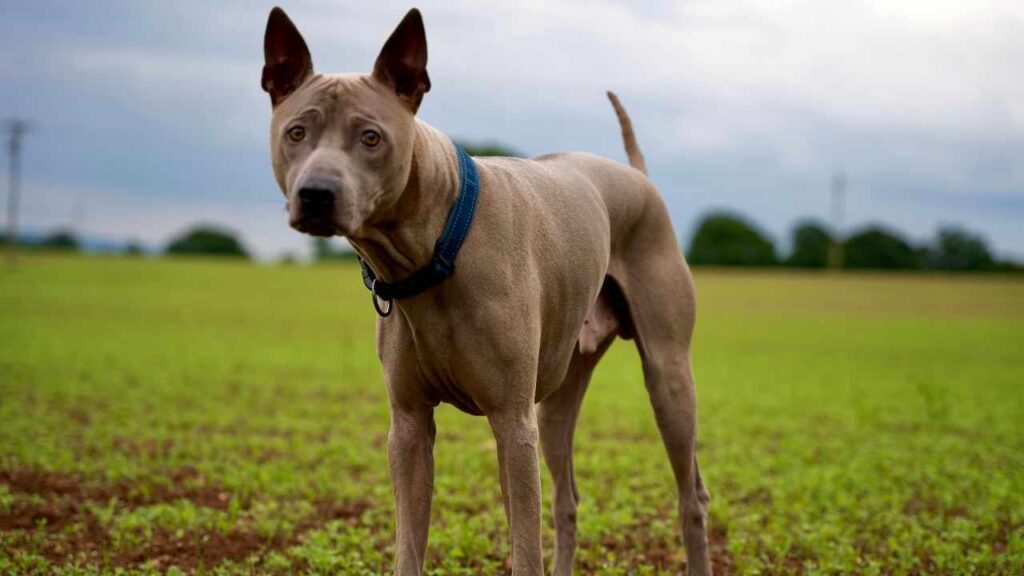
- Size: 20-24″, 35-75 lbs
- Origin: Thailand
- History: Descendant of the Hottentot dog, which was originally used as an all-purpose dog for property guarding, cart pulling, and game hunting.
- Life expectancy: 14-15 years
- Temperament: Stubborn, independent, and intelligent
- Exercise needs: Extremely high on energy, needs vigorous exercise, or will get destructive
- Coat: Short, smooth coat with a clearly defined ridge of hair that grows in an opposite direction
Searching for a dog that sets its mind on something and doesn’t give up on that easily? Not convinced, this rarely occurring phenomenon of nature is one of the three ridgeback breeds in the entire world. With erect pointed ears, a wedge-shaped head, and a muscled chest.
They are quiet rather than loud, have a turbocharged muscular build, and can even hunt cobras. The first documentation of the Thai ridgeback was done 350 years ago, but to date, nothing much has changed in this breed because it has been isolated for so long.
According to the AKC, this independent thinker with a mind of his own is confident in who he is, knows what he wants, and won’t stop trying until he gets his own way. This dog is quite stubborn and assertive, even dominating, and needs a firm and consistent leader who doesn’t budge at all to train them; moreover, continual training throughout its life is important for this dog, who won’t leave any opportunity to usurp your throne.
Sturdier and bulkier than its cousin, the Rhodesian ridgeback, this pup has high prey drive, is an excellent hunter, and extremely skilled escape artist. Hence, never leave your Thai ridgeback alone in the backyard for too long, or he’ll find a way out and go hunting.
P.S. If you are keen on taking more challenges in life, try this willful batman of a puppy, who’ll protect you from potential threats and without disturbing the neighbors with the noise.
3. Sloughi
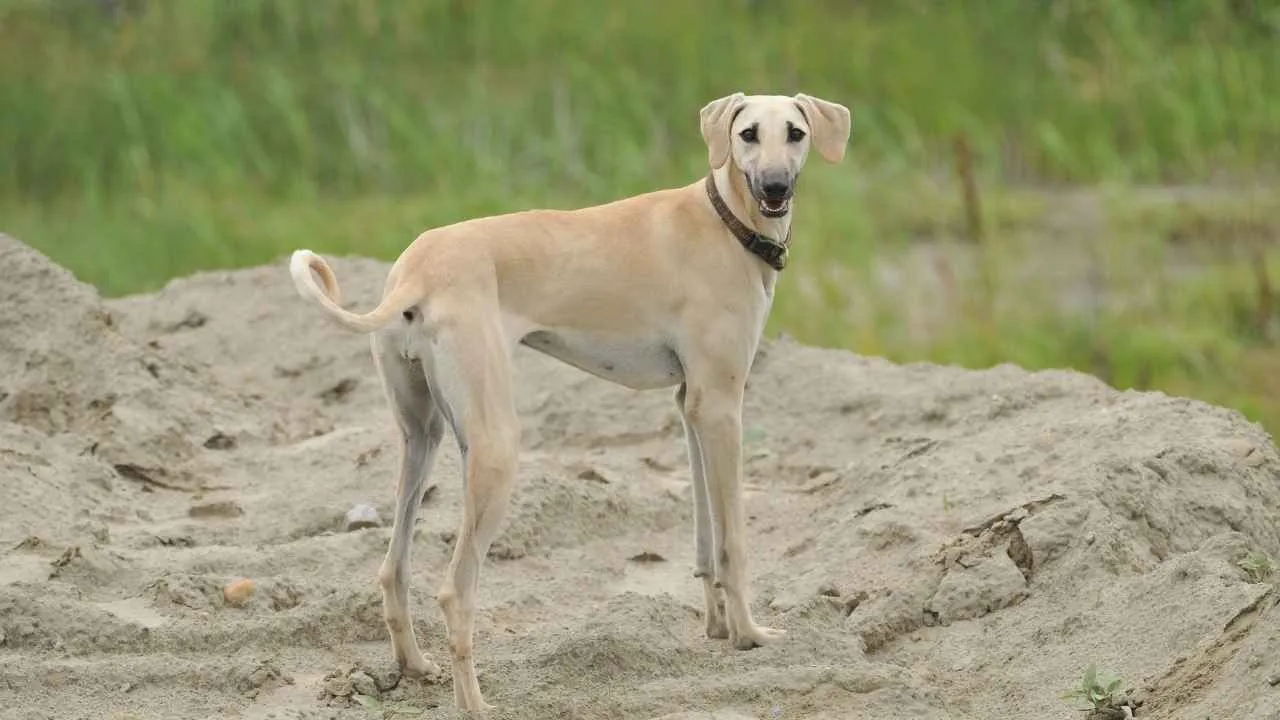
- Size: 24-29″, 50-65 lbs
- Origin: Morocco, North Africa
- History: This Arabian greyhound was employed by the nomadic Berber tribes to help in the hunt of rabbits, deer, jackals, and even wild pigs.
- Life expectancy: 12-16 years
- Temperament: Intelligent, athletic, loyal, and sensitive with a quiet nature
- Exercise needs: They need to run and roam each day because of their high prey drive and energy levels.
- Coat: Fine, Flat, short coat
One of the oldest and noblest of domestic dog breeds, the sloughi dates back to the 13th century. They are immensely loyal and loving towards their family members. This sighthound is also one of the most unique pooches out there, that were favored by hunters due to their tough nature and rugged endurance in the deserts of Northern Africa.
PetMD says these dogs are bulked up with lean muscles and are fast due to their boundless energy, making them ideal for hunters and outdoor enthusiasts. These sleek hounds are loyal and affectionate to their owners and wary of strangers.
Owning this quiet and reserved pup is incredibly rewarding. If you are keen about having a pup who is known for its subtle barking, then the sloughi is perfect for you. These dogs use body language rather than vocals to convey their emotions to their owners.
This pup with long legs and a whip-like tail needs proper socialization and training from an early age so they don’t turn overly aggressive and fearful towards other breeds of dog. They can comfortably live in an apartment as a quiet breed if they receive adequate exercise every day.
Moreover, sloughis get along well with small children and families; they build strong bonds with their pack and face emotional difficulty when rehomed. These gazelle and rabbit hunters have a high prey drive; hence, interactions with very small pets or animals should either be supervised or avoided completely.
4. Cirneco dell ’Etna
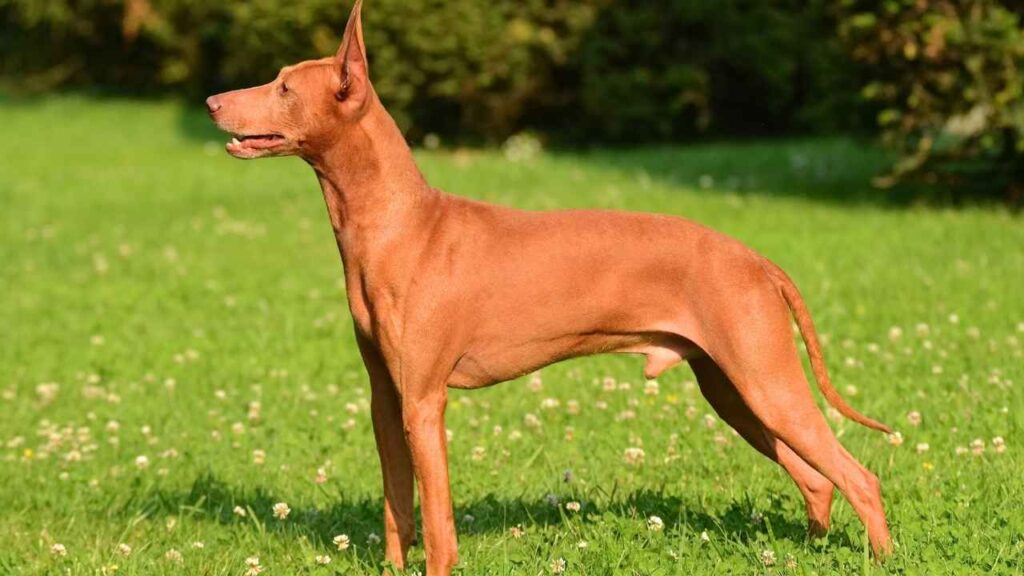
- Size: 17-20″, 19-28 lbs
- Origin: Sicily, Italy
- History: Named after Mount Etna, the largest active volcano in Europe, which is the habitat of the largest number of Cirnechi, which is used to high heat and rugged terrain.
- Life expectancy: 15-16 years
- Temperament: Curious, playful, clever, escape artist, and expert jumper
- Exercise needs: Provide plenty of toys and games to keep it occupied, needs to be on a leash when walking, or will sprint after seeing a small animal or bird.
- Coat: Sleek, fine coat with short to semi-long hair
The best-kept secret of Sicily for over 2,500 years, this small dog might look fragile, but it is a hardy and compact dog. The Cirneco shares its origins with the Pharaoh hounds and was originally bred to hunt fowl and small mammals. This silent stalker of prey is so quiet when it moves that it can sneak up on the fowl with finesse.
Nowadays, the Cirneco dell’Etna has transformed from a hunter to a family companion. This breed was recognized by the United Kennel Club in 2006 and the American Kennel Club in 2015. But this unique puppy still remains a rare breed in the US, where only 200 of the Cirneco are present.
Omlet notes the Cirneco dell’etna has an independent nature, but it is also quite smart and trainable, positive reinforcement and treats work the best. It is a great entertaining family companion and does well with children. Just don’t leave this pup to its own devices, or it will pull a Houdini on you or become noisy and destructive.
Speaking of noise, this rarely barking puppy has melodic howls and expressive barks for vocals, and even though it is mostly a quiet dog that doesn’t bark, when it does, your house will transform into the Sydney Opera.
5. Catalburun

- Size: 17-24″, 30-55 lbs
- Origin: City of Mersin, Turkiye
- History: Native only to the Tarsus region in Turkiye, this split-nosed or fork-nosed dog was bred specifically to be a pointer and is an excellent partridge hunter.
- Life expectancy: 12-15 years
- Temperament: Even-tempered, very loyal, territorial, patient, and generally quiet
- Exercise needs:
- Coat: Short, Flat, Stiff coat
This medium-sized dog with acute wind and ground tracking abilities is great at search and rescue, narcotics, and police work. This rare dog breed that doesn’t bark at all is almost completely unknown outside of Turkey, and it is very difficult to get one exported from its homeland.
There are only three breeds in the entire world known for having unique noses: the Andean double-nosed tiger hound, the Navarro pointer, and the tarsus catalburun. But the most interesting part is that historians think that the original mutation of double-nosed or split-nosed dogs occurred in the very region this pup is from.
This short-haired dog with minimal grooming needs is an extremely rare dog, which is named for its split, forked nose. This Turkish Pointer loves to be indoors and is a quiet dog breed, yet its high energy levels don’t make it ideal for apartment dwellers.
Positive reinforcement works for training this catalburun, and proper training is extremely crucial for this pup because it can get aggressive towards other dogs and strangers who try to enter its territory.

6. Telomian
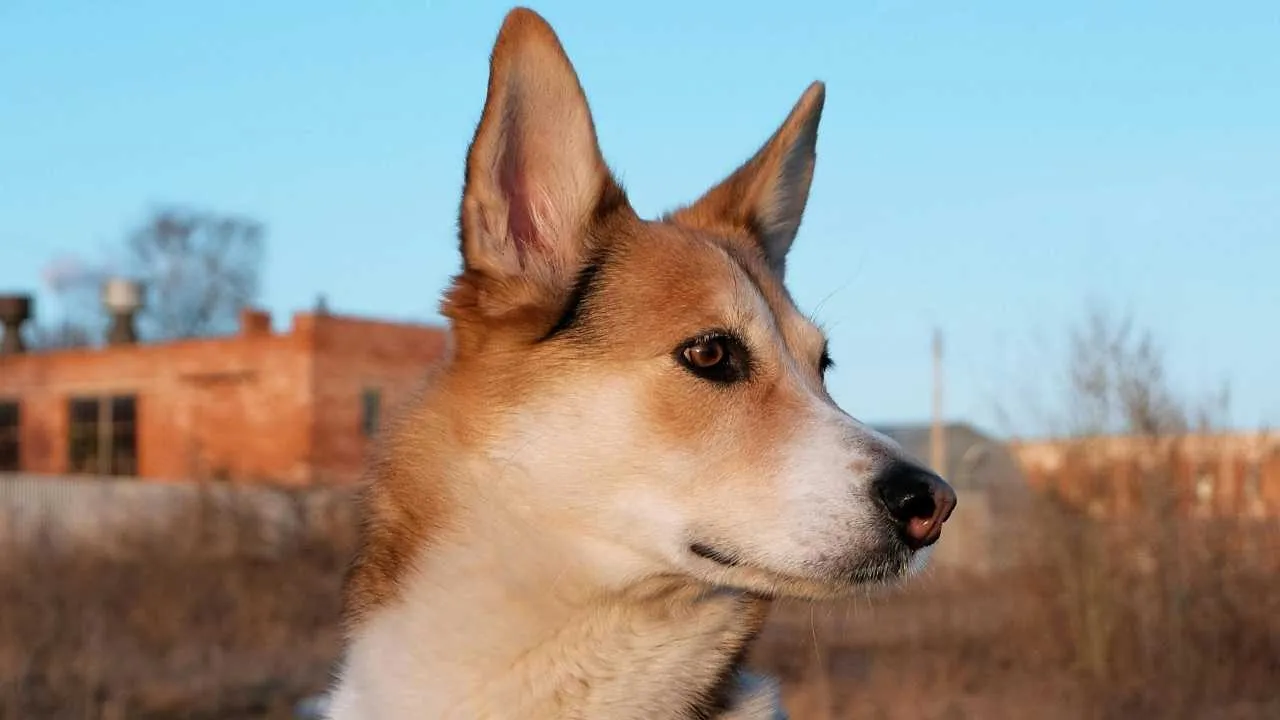
- Size: 15-19″, 18-28 lbs
- Origin: Telom River, Malaysia
- History: It was bred by the Orang Asli to hunt and control small rodents, snakes, and other vermin.
- Life expectancy: 12-15 years
- Temperament: Extremely intelligent, pretty quiet, athletic, high prey drive, more wild than domesticated
- Exercise needs: Loves to use its intelligence and prowess, enjoys interactive games, and running
- Coat: Smooth, Short Coat
If you haven’t ever seen a small healthy pup that doesn’t bark but makes the most distinct and unique howling sound, meet the telomian. A rare dog from the Malaysian jungles with a low tendency to bark that wasn’t discovered until 1963. This low-maintenance dog with very high energy.
It sounds like the basenji or the New Guinea singing dog, and looks almost similar to the basenji in its head shape and alertness. Another unique feature of this pup is its black or blue tongue, like the chow chow.
It is a spitz-type of dog breed that has been climbing the rickety ladders of huts in the villages of Malaysia, because of which it developed extraordinary paw control. This unique pup can open doors and even hold food and toys in its paws. (How interesting!)
7. Karelian Bear Dog
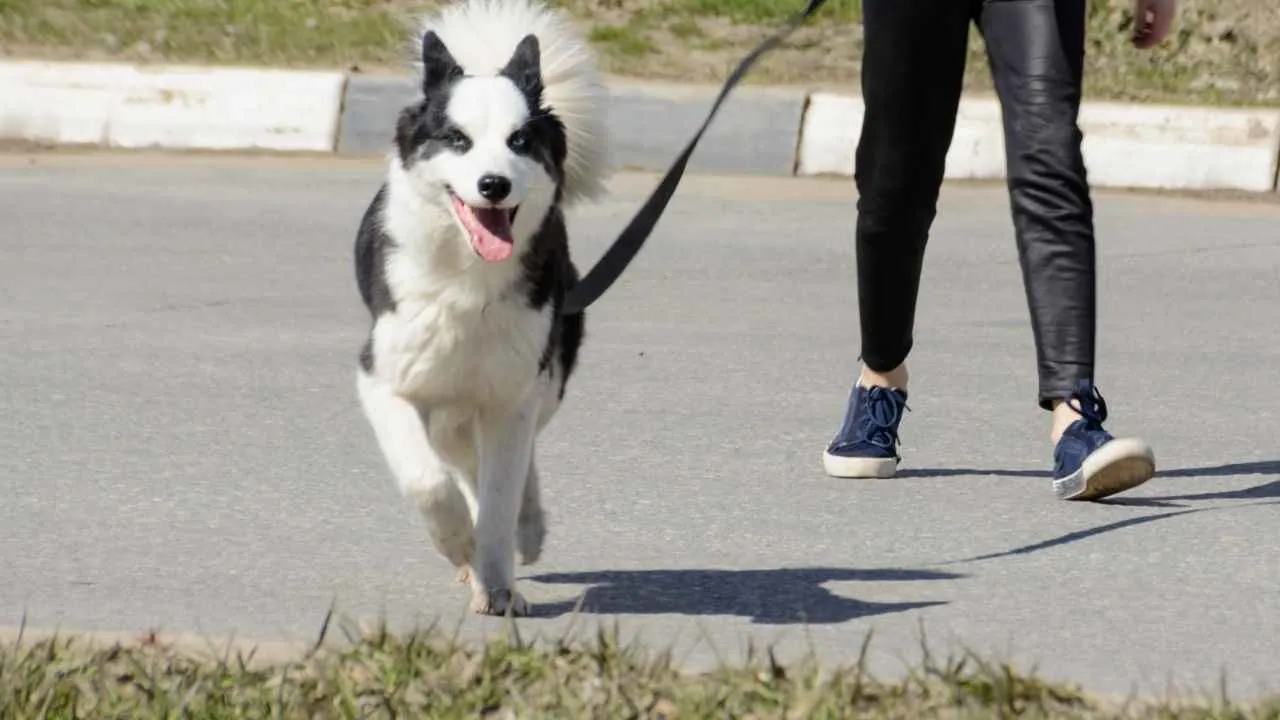
- Size: 19-22″, 45-51 lbs
- Origin: Karelia, Finland
- History: Originally bred to be a hunting dog for big game and a watchdog at the same time, a popular dog in its home country.
- Life expectancy: 10-12 years
- Temperament: Courageous, eager-to-work, expressive, alert, keen, robust, and active
- Exercise needs: Highly active and energetic, need at least 60 minutes of regular exercise each day
- Coat: Short, weather-resistant, dense coat
If you’ve ever seen a Russian Laika, then you already know what these dog looks like. This Finnish breed of dogs is large and strong enough to tackle a bear, lynx, or wolf. They were an asset to the Finnish settlers who survived and sustained themselves on whatever they could hunt.
Continental Kennel Club says these pooches played an important part in their survival. They are great guard dogs and hunters, and one of the most popular breeds in Finland to this day. The Karelian bear dog is an independent thinker and very intelligent, clever, and keen on exploration.
These pups have a high prey drive and are persistent hunters. Hence, small pets and cats should not be kept in homes that have a Karelian bear dog. They make a great companion and guard dog for experienced owners. Moreover, these pups are more tolerant of people who respect their space.
They need consistent and firm training all through their lives, and socialization should begin at an early age to raise well-adjusted pups.
Conclusion
So you must have learned by now that the quietest dog breeds are often those that were developed for companionship or as working dogs. Moreover, other dogs that bark less tend to be confident and well-socialized, because barking is a response initiated when a dog feels threatened or is fearful.
But it’s not like these dogs don’t have any vocals; they just don’t prefer to bark, but use growling or whining instead to convey their emotions and communicate. These pups are less prone to barking and have a tendency to be different than most canines, which is a good thing.
Some other small breeds that have a lesser tendency to bark and be quiet are the Japanese Chin, the Cavalier King Charles Spaniel, the French Bulldog, and the pug. If you are looking for more calm and quiet options in larger pooches, then certain breeds like Scottish deerhound, great dane, Irish setters, shiba inu, and the Bernese mountain dog tend to be more silent rather than loud or boisterous.
This calm and peaceful attitude of these pups will always keep your neighbors unperturbed from the barks and even help in gaining you a nice tenant reputation.


